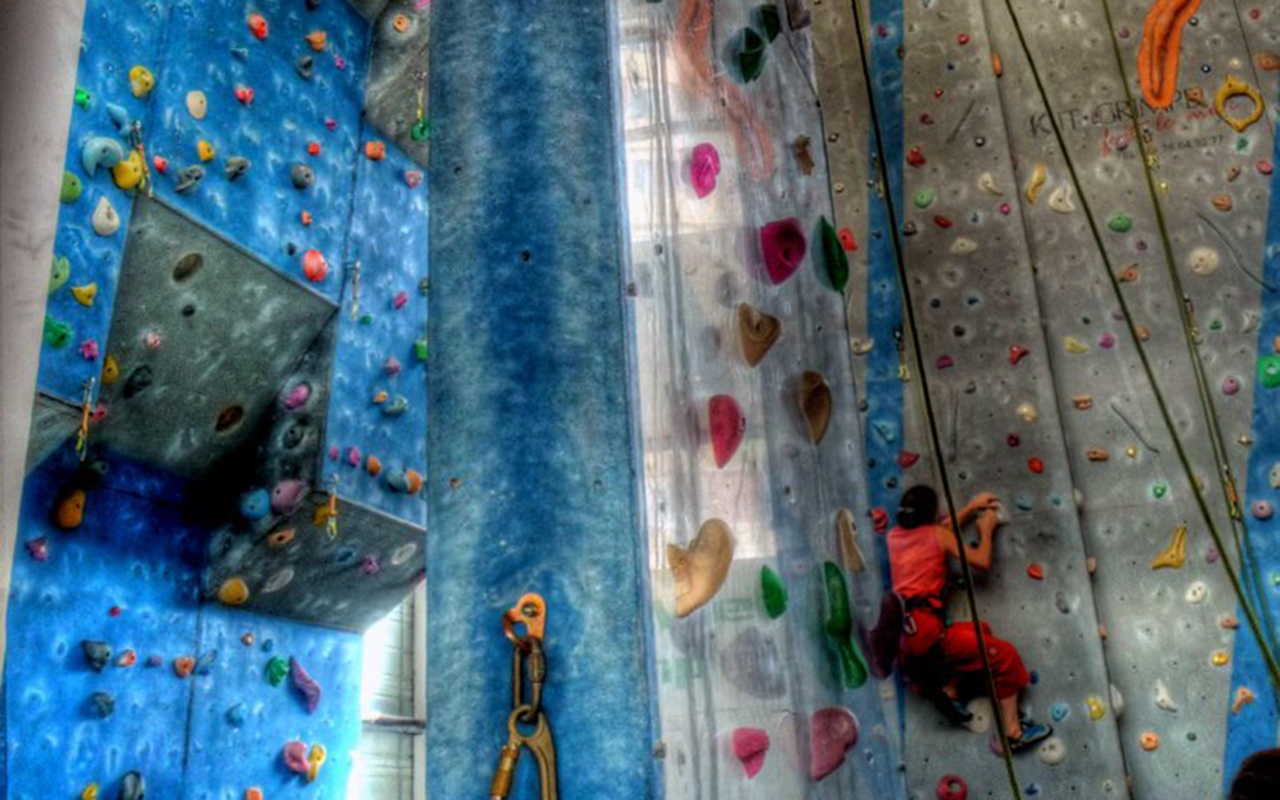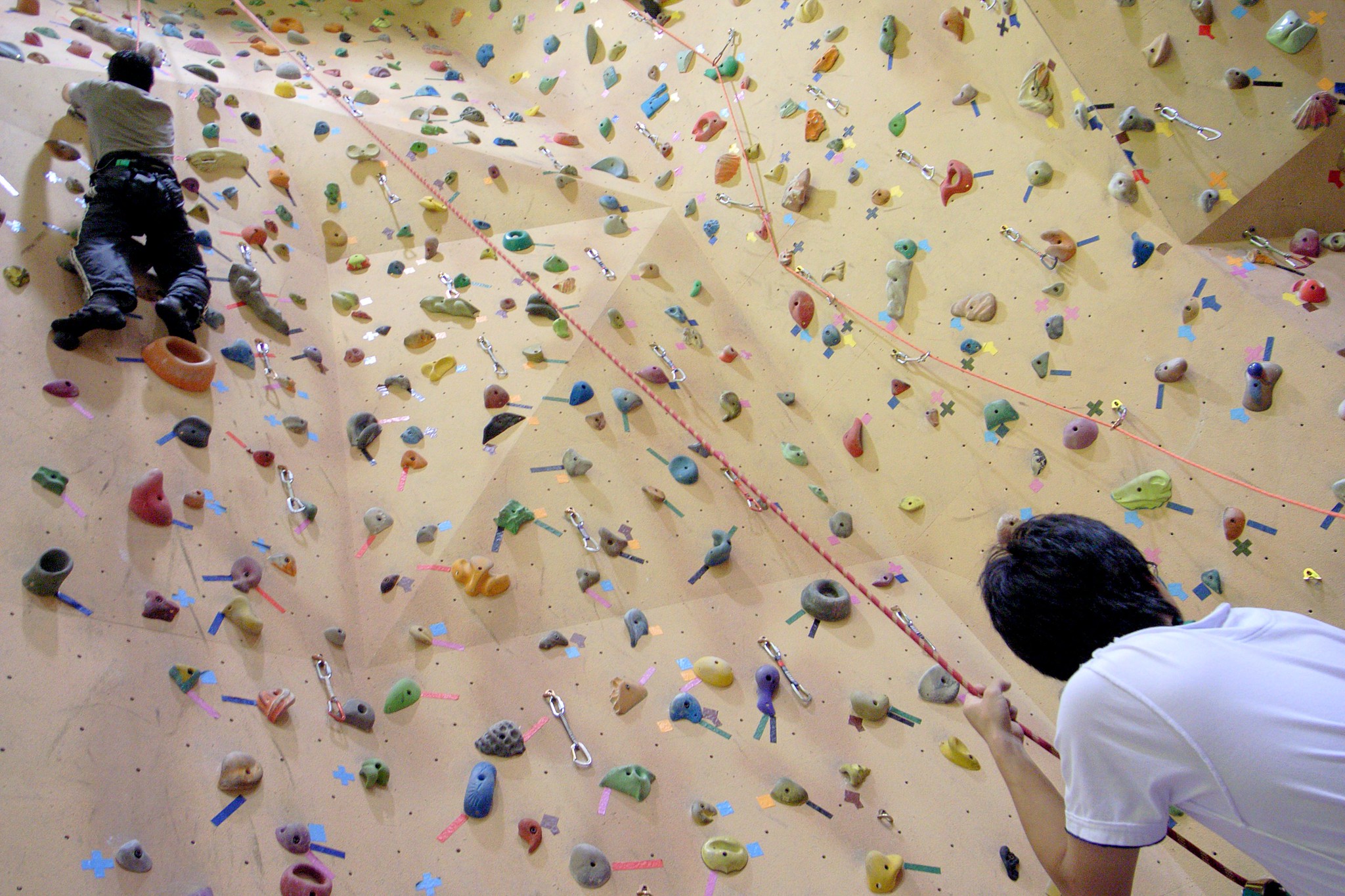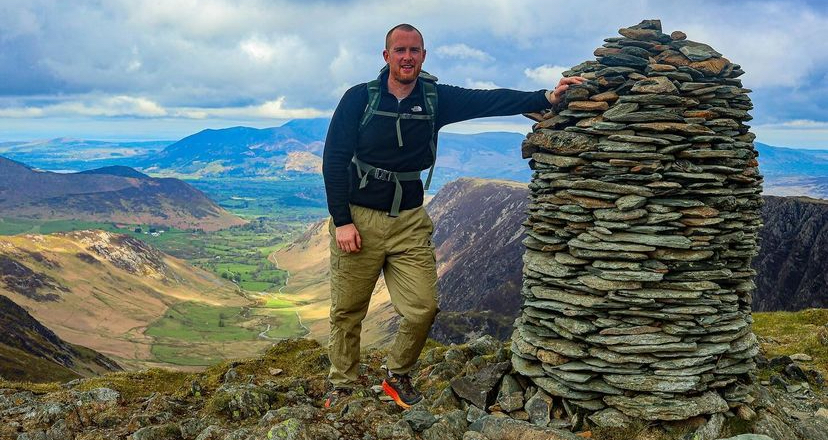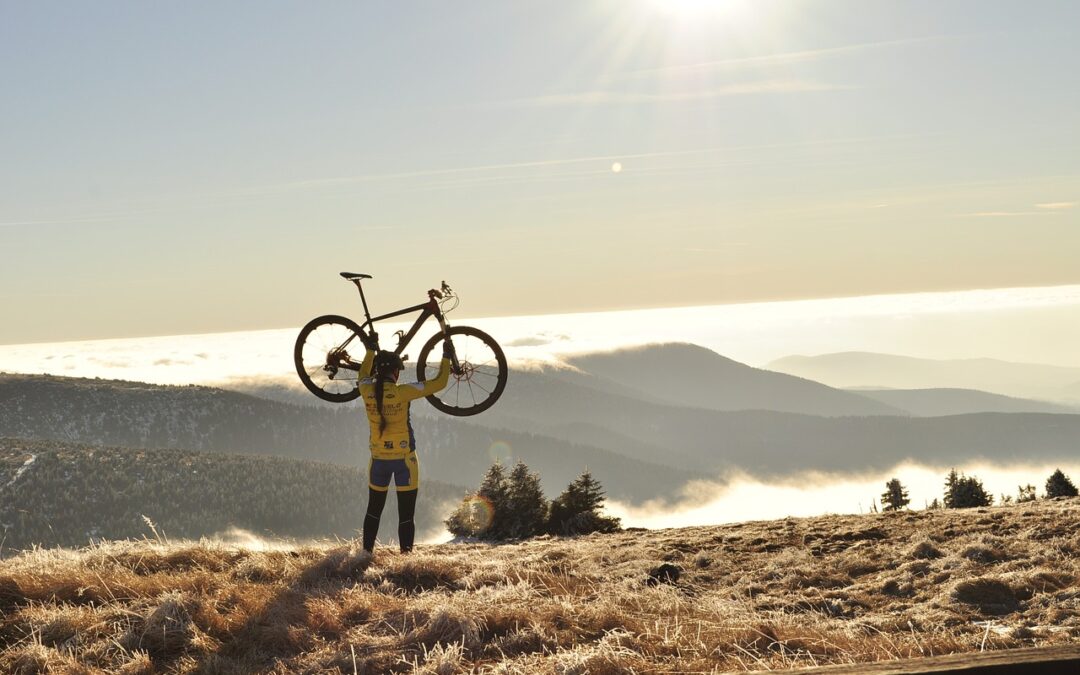Bouldering, once a niche hobby confined to outdoor enthusiasts, has now exploded onto the scene as a mainstream sport, it has captivated a whole range of urban dwellers with its exciting moves and adrenaline-fueled competitions. From small edges and technical manoeuvres to dynamic parkour-style routes, the evolution of bouldering has sparked both enthusiasm and debate within the climbing community.
The rise of climbing gyms, where hundreds have sprouted up across the country, indoor climbing is a new stepping stone into getting a new style of exercise and learning the skills before facing the outdoors. It lets us city folk practise before heading off into the great outdoors, but there’s been a change in what we see in our gyms.
Tilly Vasik, a seasoned climber who has been scaling the walls since the age of three, spoke to me on the evolution of indoor climbing that she has seen throughout climbing for the past sixteen years. “Indoor climbing initially aimed to replicate the challenges of outdoor climbing, focusing on small edges and technical moves requiring pure strength,” she explains. “But as the sport gained popularity, there was a shift towards a more entertaining factor. Where power and strength was incorporated with dynamic movements and crowd-pleasing routes.”
George Lonsdale, head setter at the Climbing Hangar Sheffield and Climbing Hangar Matchworks in Liverpool, to gain insight into the changes shaping modern climbing gyms.

“There’s been a push towards the style of boulders seen in competitions, with larger, more colourful holds and dynamic moves which are a lot more similar to what people might have seen in the Olympics or in World Cups ,” George shares. “My job as head route setter is to make these styles accessible to climbers of all levels, while still challenging them to improve their skills.” George said that there is always a whole range of people who use the gyms, from beginners who are just starting out wanting to get into the outdoors to people training for Team GB for the upcoming Olympics.
However, not all climbers are embracing these changes wholeheartedly. Megan Wyatt, a 21-year-old GB climber, expresses reservations about the change of these routes.
“That’s definitely a new style that’s come in which is very dynamic. There’s a lot more parkour kind of style, which a lot of climbers aren’t a big fan of because it’s kind of taken away from actual strength climbing and techniques. I think some people have definitely stepped away from it due to the change.”
Despite differing opinions, one thing remains clear – bouldering continues to captivate climbers of all ages and abilities. Whether scaling walls with precision and finesse or embracing the thrill of dynamic movements, climbers are united by their passion for the sport, and being able to spend their time outdoors.










